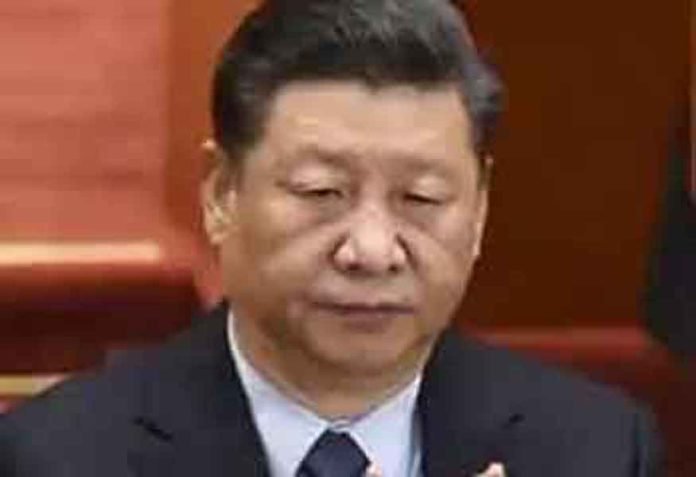China has unveiled an AI-powered trackless train capable of running on painted lines instead of conventional tracks, a move aimed at reducing infrastructure costs and carbon emissions. The innovative train combines artificial intelligence with autonomous navigation to provide efficient, eco-friendly urban transit. This breakthrough highlights China’s commitment to cutting-edge transportation technology and sustainable city planning.
Highlights of the Innovation
AI-powered train runs on painted lines instead of traditional rail tracks.
Designed to reduce construction costs and emissions associated with conventional rail systems.
Autonomous navigation ensures precision, safety, and energy efficiency.
Potential applications include urban transit, suburban commuter routes, and industrial transport corridors.
Pilot projects are underway to assess performance in real-world conditions.
How the Trackless Train Works
AI-Driven Navigation
The train uses advanced sensors, cameras, and machine learning algorithms to detect lines and navigate routes accurately. It can adjust speed, avoid obstacles, and maintain schedule precision without human intervention.
Cost and Environmental Benefits
Infrastructure Savings: Eliminates the need for expensive steel tracks and complex rail foundations.
Lower Emissions: Runs on electricity, reducing reliance on fossil fuels compared to conventional trains and buses.
Scalability: Easily expandable to new routes without major construction, enabling flexible urban planning.
“This is a game-changer for urban transit. It’s cost-effective, environmentally friendly, and technologically advanced,” said a transportation technology expert.
Strategic Significance
Urban Mobility
China faces growing urban congestion and rising demand for sustainable transport. Trackless trains could relieve pressure on roads and metro systems while providing high-capacity, reliable transit.
Technological Leadership
By integrating AI with innovative transport design, China positions itself at the forefront of global smart transportation development. This project demonstrates how AI can be applied to real-world infrastructure challenges.
Environmental Impact
Trackless trains offer a cleaner alternative to conventional diesel buses or small trains. Widespread adoption could help Chinese cities meet climate goals while promoting energy efficiency.
Potential Challenges
Regulatory Approval: Autonomous transport must meet strict safety and operational regulations.
Urban Integration: Requires coordination with existing traffic systems, pedestrian safety, and urban planning frameworks.
Public Acceptance: Citizens may need reassurance regarding AI control, safety, and reliability.
“While the technology is promising, integrating it into crowded city streets will require careful planning and robust safety protocols,” said a transport analyst.
Global Implications
China’s AI-powered trackless train could serve as a model for other countries seeking cost-effective and eco-friendly urban transit solutions. Cities worldwide may adopt similar systems to address congestion, reduce emissions, and modernize public transport infrastructure.
What to Watch Next
Performance of pilot projects in Chinese cities.
Expansion plans for suburban and intercity routes.
Integration with smart city initiatives and digital traffic management.
Potential export of the technology to other countries seeking sustainable transport solutions.
















